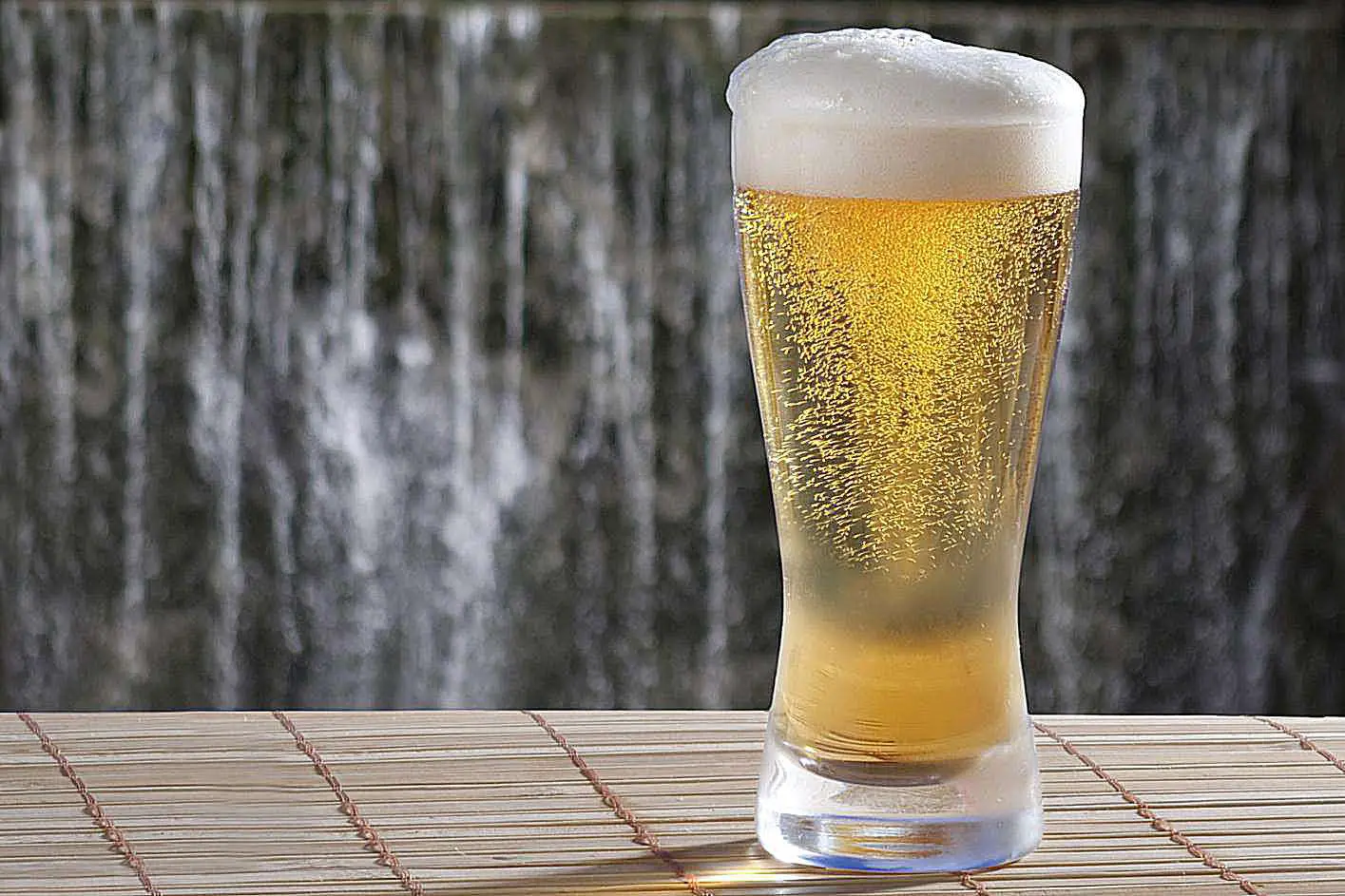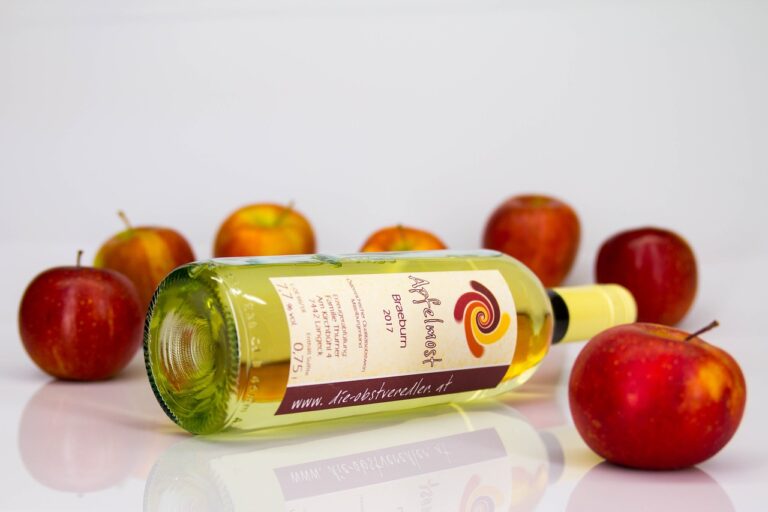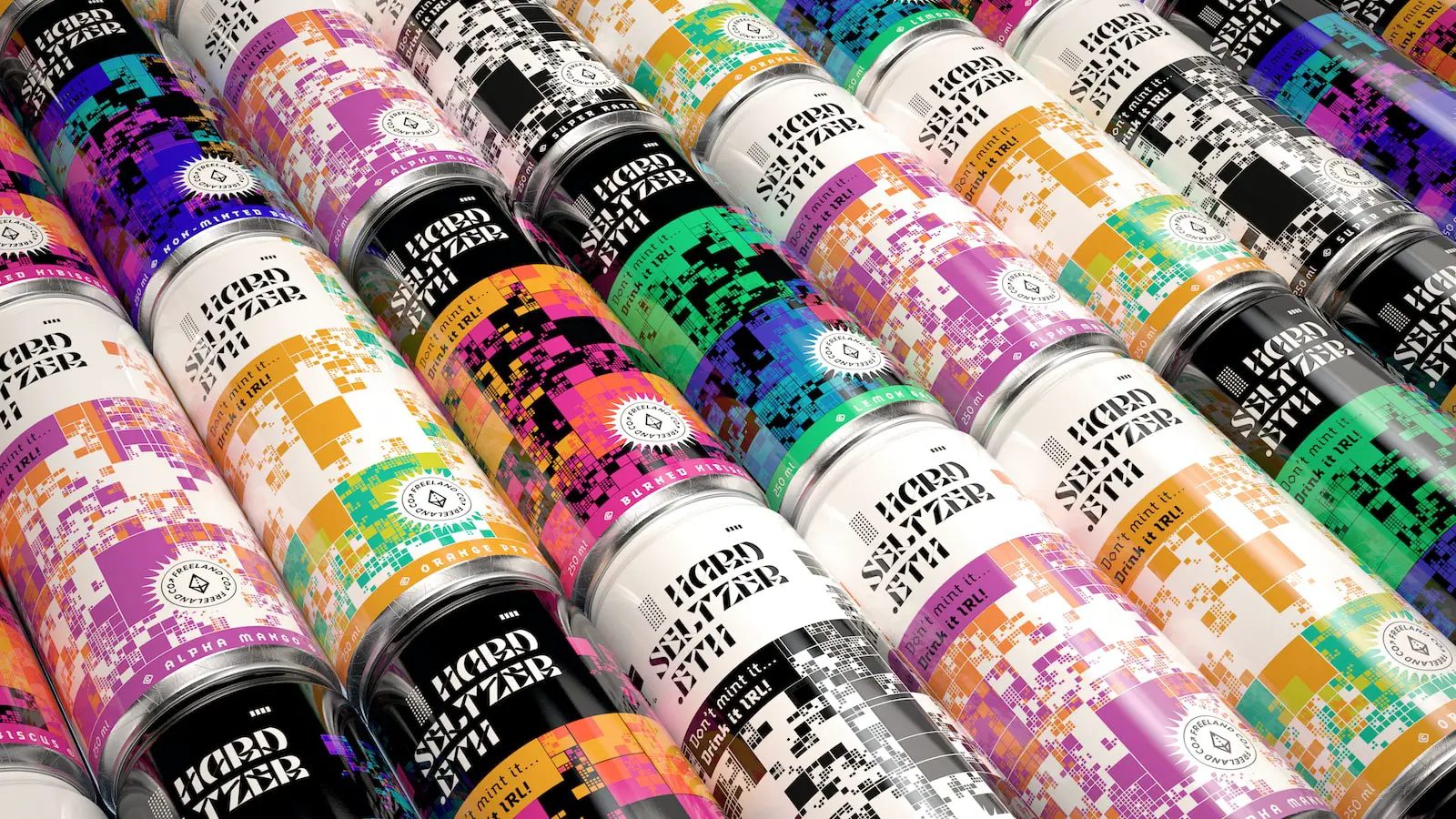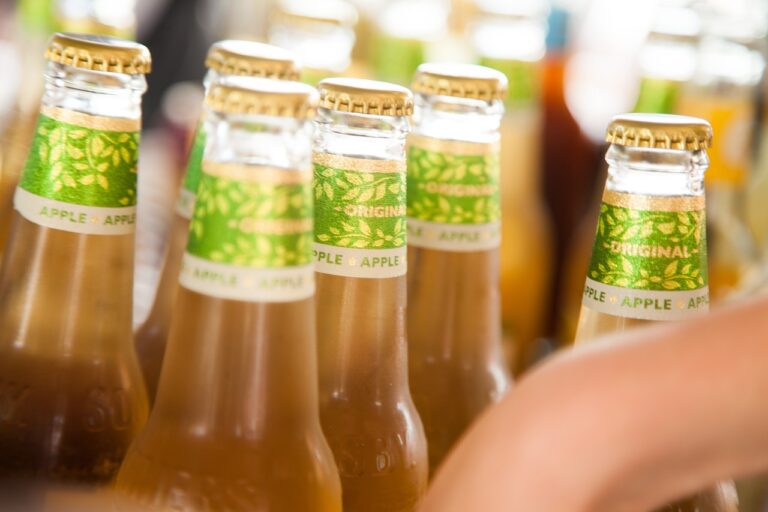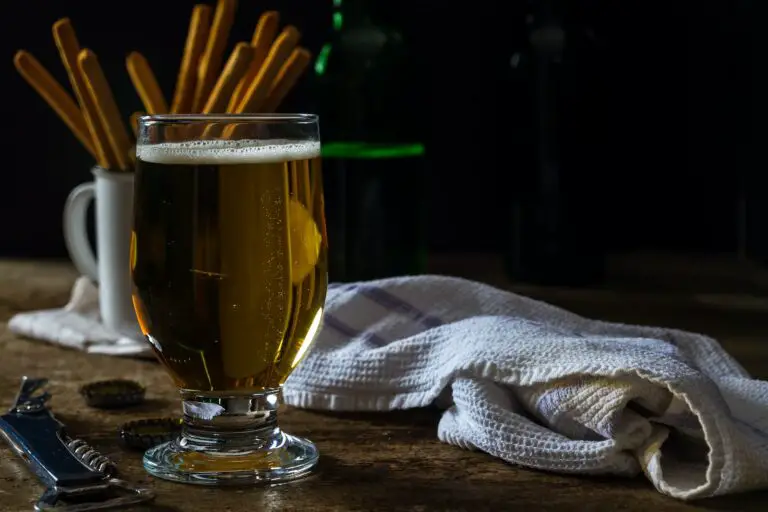Picture this: You’ve been invited to a beer-tasting event and you’re ready to impress your friends and colleagues with your knowledge of beer.
When someone asks, “Is lager fizzy?”, you want to be able to confidently answer with an informed and enlightened response.
Whether you’re a craft beer expert or a novice beer drinker, understanding the answers to questions like these can mean all the difference between blending in and standing out in the world of beer tasting.
To help you avoid any embarrassing moments when faced with such a question, we’ve compiled this definitive guide on lager fizziness, complete with the details you need to know.
What Is Lager?
Lager is a type of beer that is characterized by its brewing process and distinct flavor profile.
It is fermented at relatively low temperatures (usually between 45-55°F or 7-13°C) using a specific type of yeast called lager yeast or Saccharomyces pastorianus.
This yeast strain is known for its ability to ferment at colder temperatures, which contributes to the clean, crisp, and refreshing taste typically associated with lagers.
The slow, cold fermentation process allows the yeast to consume more of the byproducts produced during fermentation.
Hence, resulting in a beer with fewer fruity and estery flavors than ales, which are fermented at warmer temperatures.
Lagers typically have a light to medium body, a balanced malt profile, and varying levels of hop bitterness.
How Lager Is Different From Other Beers
Lager is different from other beers mainly due to its brewing process, yeast strain, and flavor profile.
Here are some key differences between lagers and other types of beers, such as ales:
Yeast strain
Lagers are brewed using a specific yeast strain called lager yeast or Saccharomyces pastorianus.
This yeast is known for its ability to ferment at colder temperatures.
Fermentation temperature
Lager fermentation typically occurs at lower temperatures, usually between 45-55°F (7-13°C).
The lower fermentation temperatures in lagers lead to a slower fermentation process and contribute to their clean, crisp taste.
Fermentation duration
Due to the lower fermentation temperatures, lagers generally take longer to ferment.
Lager fermentation can last for several weeks or even months.
Flavor profile
Lagers usually have a clean, crisp, and refreshing taste with fewer fruity and estery flavors than ales.
Clarity and appearance
Lagers are often clearer and brighter in appearance, as the longer and colder fermentation process allows more time for yeast and other particles to settle to the bottom of the brewing vessel.
Is Lager Bubbly?
Lagers are generally more carbonated than ales, which contributes to their fizzy and refreshing mouthfeel.
The carbonation in lagers can vary depending on the specific style and brewing process, but overall, they tend to have a higher level of carbonation compared to ales.
This fizziness enhances the crisp, clean flavor profile that lagers are known for and makes them enjoyable to drink in various settings.
Types of Lagers and Their Fizz Levels
Here are some common types of lagers and their relative fizz levels.
Keep in mind that the carbonation levels can still vary within each style, depending on the brewing process and individual preferences.
Pilsner
Pilsners generally have a moderate to a high level of carbonation, which contributes to their crisp and refreshing taste.
The fizziness helps to accentuate the hoppy bitterness and clean finish of this popular lager style.
Helles
This German-style lager typically features a moderate level of carbonation.
The fizziness complements the subtle maltiness and balanced hop bitterness, resulting in a smooth and easy-drinking beer.
Dunkel
Dunkels are dark lagers with a moderate level of carbonation.
The fizziness helps to balance the rich, malty flavors and notes of caramel, chocolate, and toffee found in this style.
Märzen/Oktoberfest
These medium-bodied amber lagers usually have a moderate level of carbonation, which complements their toasty, malty sweetness and moderate hop bitterness.
Bock
Bocks, including Helles Bock and Dunkles Bock, generally have a moderate level of carbonation.
The fizziness helps to balance the strong, malty flavors and higher alcohol content found in these lagers.
Vienna Lager
This amber-red lager features a moderate level of carbonation, which complements its slightly sweet, toasty malt flavors and gentle hop bitterness.
American Lager
American lagers, including light lagers, tend to have a moderate to a high level of carbonation.
The fizziness enhances the light, crisp, and refreshing characteristics of these beers.
Frequently Asked Questions
What causes the fizziness in lagers?
The fizziness in lagers is due to carbonation, which is the presence of dissolved carbon dioxide (CO2) in the beer. Carbonation is produced during fermentation when yeast consumes sugar and releases CO2 as a byproduct.
Can the fizziness of a lager affect its flavor?
Yes, the fizziness of a lager can affect its flavor. Higher carbonation levels can enhance the beer’s crispness and refreshment, while lower carbonation can result in a smoother, creamier mouthfeel.
Why do lagers have more fizz than ales?
Lagers generally have higher carbonation levels than ales due to their colder fermentation temperatures and longer fermentation times. This allows for more CO2 to be dissolved and retained in the beer.
How can I control the fizziness of my homebrewed lager?
When homebrewing, you can control the fizziness of your lager by adjusting the amount of priming sugar added during bottling or by managing the pressure during kegging. It’s essential to follow proper priming and carbonation guidelines to avoid over-carbonation or under-carbonation.
Does the glassware affect the fizziness of a lager?
The type of glassware used can impact the fizziness and overall drinking experience of a lager. Glasses with nucleation points at the bottom help to release CO2, maintaining a steady stream of bubbles and a nice head. Traditional lager glasses like pilsner glasses or mugs are designed to showcase the beer’s carbonation and retain its head.
How does serving temperature affect the fizziness of lagers?
Serving temperature can influence the fizziness of lagers. Colder temperatures help to retain more CO2 in the beer, resulting in a more fizzy and refreshing experience. As the beer warms up, it releases more CO2, which can lead to a decrease in fizziness.
Can the fizziness of a lager be restored if it goes flat?
Once a lager has gone flat, it’s challenging to restore its original fizziness. The best way to prevent a lager from going flat is to store it properly, maintain a consistent serving temperature, and consume it within a reasonable time frame.

